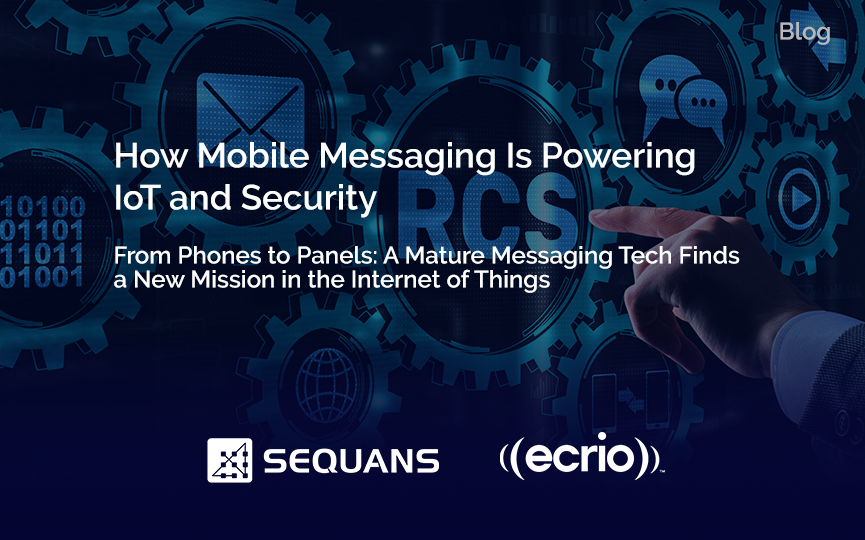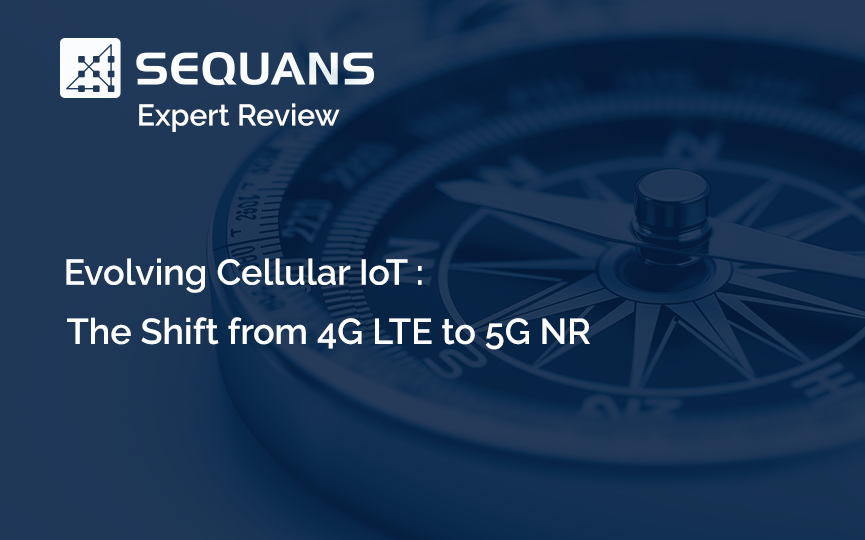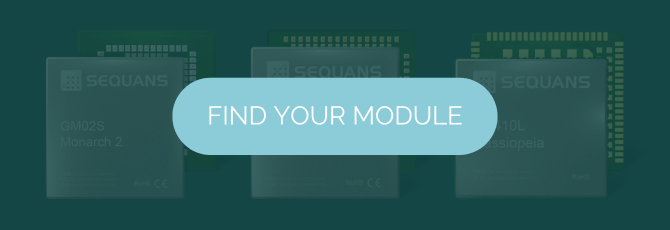Summary:
In the post pandemic era, CBRS private networks used for distance learning will continue to proliferate as the number of available and affordable CBRS devices grows. The government’s Emergency Connectivity Fund, established to improve connectivity in underserved areas, presents a new opportunity for school districts to set up CBRS private networks and connect students and their families to fast and reliable broadband service at a fraction of the cost of traditional telco service. Combined with the availability of new CBRS modules and devices from technology suppliers like Sequans and its customers, there is a new opportunity to not only improve distance learning, but to close America’s digital divide.
While the pandemic forced schools to implement distance learning on an emergency basis for what seemed temporary at the time, it has now become clear that we have entered a new era where distance learning will continue even after the pandemic ends. According to the Center for Reinventing Public Education,1 fewer than 50 percent of school districts intend to resume full-time in person instruction and more than 70 percent intend to continue offering at least partial remote instruction. Other recent studies indicate that an overwhelming majority of teachers and parents are in favor of continuing with online learning, even after in-person instruction resumes, so that students will have access to teachers and classrooms not only when they are sick, but for many other common reasons that prevent students from coming to school — inclement weather, transportation difficulties, or other emergencies. Parents and teachers also want students to have access to online tutoring outside of school hours. The FCC reports that even before the pandemic, 70 percent of teachers were already assigning homework to students that required they have access to the Internet.
“Using Sequans’ CBRS module, we can offer a very high-value router that keeps students connected without interruption. Education organizations deploying private LTE CBRS networks now have a solution for secure, reliable high-speed connectivity with complete flexibility and control.”
– D’Andre Ladson, Vice President, BEC Technologies
BEC Tech Mini 4G / LTE CBRS / WiFi Router
CBRS Networks Are Helping to Close the Digital Divide
Wireless networks have an important role to fill in enabling online learning and today a valuable opportunity has become available for school districts with new spectrum allocated by the FCC called Citizens Broadband Radio Service, or CBRS, operating in the 3.5 GHz spectrum block. In recent auctions, part of the CBRS spectrum was allocated to incumbent network operators and priority access users, and part was reserved to provide free access to certain general authorized access (GAA) users, including school districts, through a shared spectrum usage plan, enabling users to control their own networks and not be dependent on cellular carriers or other third parties. Availability of the CBRS spectrum, combined with the government’s $7.2 billion dollar Emergency Connectivity Fund that can be used by schools to purchase commercially available broadband service and devices or to set up private networks through self-provisioning, has made it possible for school districts to deploy their own distance learning networks, cost-effectively, even in rural areas where cellular is not available, ensuring that every student can be included.
According to the FCC’s Eighth Broadband Progress Report2 approximately six percent, or 19 million Americans, lack access to fixed broadband service at threshold speeds. In rural areas the percentage of Americans without broadband access is even higher at approximately 25 percent or 14.5 million people. The Emergency Connectivity Fund is helping school districts reach more of this underserved population by enabling them to put CBRS private networks in place cost-effectively and provide students and their families with Wi-Fi CBRS routers for home use at a fraction of the cost of commercial service and devices.

Private LTE Networks Running on CBRS is Ideal for Schools
A private LTE network running on CBRS spectrum can provide an ideal distance learning solution for schools. Not only is such a network powerful and reliable, because it is based on carrier-grade cellular technology, but devices to run on it are readily available and affordable. While in the past establishing a private mobile network was very costly and complex, today new cloud and modern virtualization technologies have simplified network deployment. Many solutions are available from smaller startups or from big cloud providers like Microsoft and Amazon that can provide a fully virtualized core. And, as a private LTE network for a school district has limited geographical coverage, the needed RAN (radio access network) scale is not very large, which eases installation complexity and lowers cost and set up time.
The ecosystem of device makers and technology providers building up around the CBRS opportunity is large and growing. During the early days of CBRS this ecosystem was focused mainly on fixed wireless access CPEs (indoor or outdoor), but in recent years there has been a significant increase in demand for other types of end user devices and accessories, including communication dongles, CBRS routers for school buses, and tablets for students. These devices are consumer-oriented and utilize the CBRS network’s advantage of providing a secure and private link to a school’s educational content and resources along with non-stop, on-the-go connectivity to all students, anytime, anywhere. Also appearing are additional classes of school devices with CBRS connectivity—devices such as surveillance cameras and portable projectors—designed to utilize the infrastructure that is being deployed and consolidate all of a school’s connectivity needs under one network.
“Early in the pandemic, it became clear that CBRS had the potential to support students and teachers finding new ways to learn outside the classroom. Sequans had the right balance of size, cost and performance we needed to deliver an easy-to-deploy CBRS solution for Chromebooks and smart devices to provide students with affordable, reliable and secure Internet access. Sequans support efforts were essential to delivering an award-winning device that is closing the digital divide, enabling distance learning at scale.”
– Daniel Quant, Vice President of Strategic Development at MultiTech
MultiTech MultiConnect microCell
LTE Cat 4/6 CBRS Devices Provide the Optimal Price/Performance for Schools
An analysis of connectivity requirements for schools shows that 100-200 Mbps of throughput is ideal for running the distance learning applications of a typical school district. This is the throughput available with LTE Category 4 or Category 6 CBRS devices, which are commercially available today and represent the sweet spot between price and performance. Also, because Cat 4/6 devices are classified by the FCC as end user devices because their transmit power is below 23 dBm, they can be deployed without additional certification, without a costly monthly subscription to a spectrum access system platform used to coordinate high power CBRS devices, and without needing professional installation.
“We selected Sequans’ Cassiopeia CB610L module to provide the connectivity for our USB dongle IDG120 and WAN extender IDG500 because Sequans is an expert in 3.5 GHz connectivity, and we believe the module is the most robust and feature-rich CBRS connectivity solution available today. Partnering with Sequans we are able to offer cutting edge distance learning solutions that connect to CBRS networks in an instant, with high speed, robust and reliable connectivity.”
– Tim Hsu, Director, Product and Business Development, AMIT Wireless
AMIT 4G-CBRS USB Dongle
Sequans Communications, a market leader in CBRS chipsets and modules, supports the ecosystem with powerful CBRS connectivity modules. These are based on Sequans’ long experience in 4G/5G technologies, and especially in solutions for the 3.5 GHz frequency band. Sequans CBRS modules have already been designed into distance learning devices such as routers and USB dongles. These devices are based on Sequans Cassiopeia LTE Cat 4 / Cassiopeia LTE Cat 6 CBRS modules and are available from BEC Technologies, AMIT Wireless, Multitech, Telrad, and Gemtek, to name a few. All of these devices comply with the 3GPP Release 10/11 standard and operate on LTE band 48 (CBRS) in the USA and on bands 42 and 43 in other parts of the world.
For more information about Sequans CBRS connectivity solutions contact [email protected]
1 Center for Reinventing Public Education (CPRE), https://www.crpe.org
2 Federal Communications Commission, Eighth Broadband Progress Report, https://www.fcc.gov/reports-research/reports/broadband-progress-reports/eighth-broadband-progress-report




